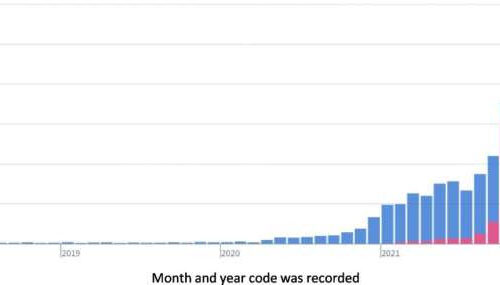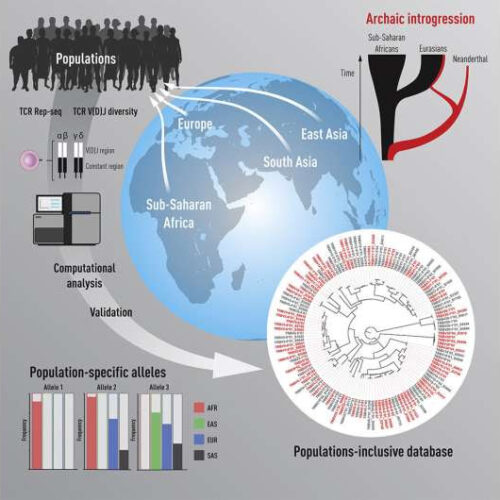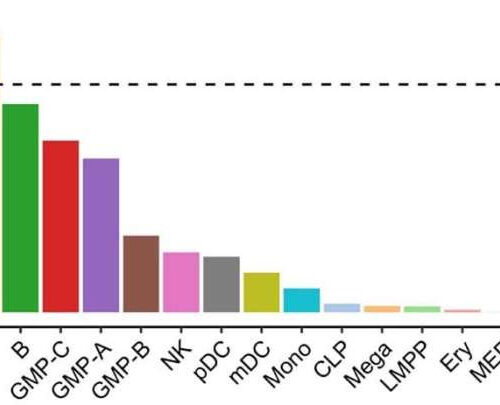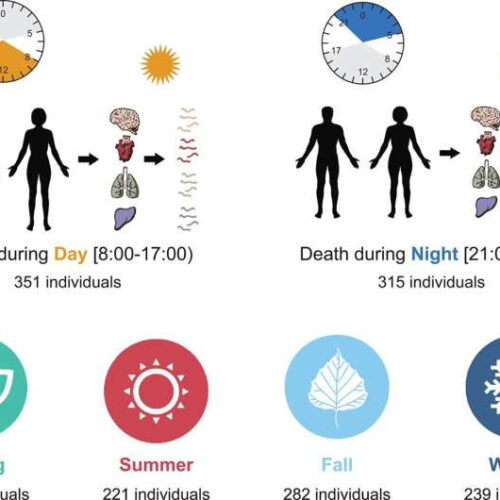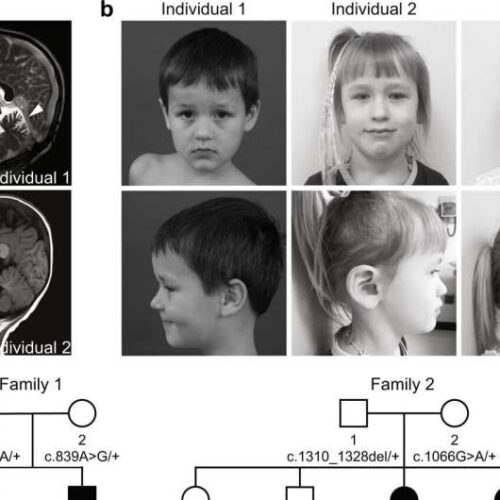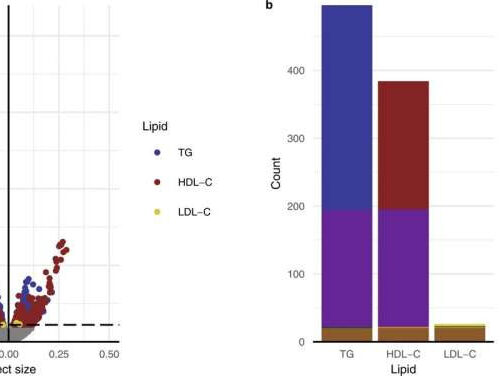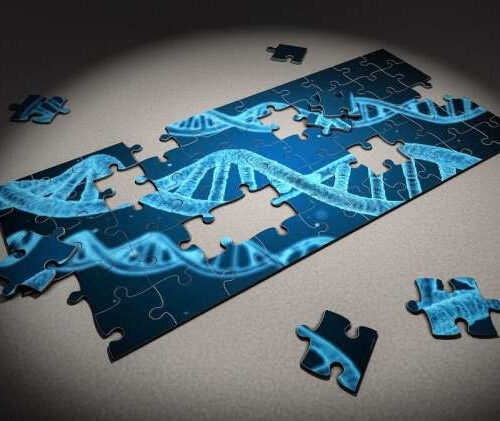by University of Chicago Medical Center Credit: Pixabay/CC0 Public Domain Obesity causes many health problems and worsens several chronic illnesses, including type 2 diabetes and cardiovascular disease. However, some obese people are more susceptible to complications than others. Scientists have long been searching for genes linked to obesity that predispose people to such conditions, but...
Category: <span>Genetics</span>
Research identifies potential long COVID racial disparities
by NIH/National Heart, Lung and Blood Institute Clinical use of B94.8 decreases as U09.9 becomes available. Prior to U09.9’s release, the CDC recommended use of B94.8 (“Sequelae of other specified infectious and parasitic diseases”) as a placeholder code to signify long COVID. As this code is not specific to sequelae of COVID-19, this figure shows...
Major genetic study reveals unexpectedly high variation in T-cell receptor genes between persons
by Karolinska Institutet Graphical Abstract. Credit: Immunity (2023). DOI: 10.1016/j.immuni.2023.01.026 T-cells that are part of our immune system are central in the protection against infections and cancer. With the help of TCRs, the cells recognize foreign invaders and tumor cells. “It was previously unknown how variable human TCR genes are,” says Gunilla Karlsson Hedestam, professor at the...
New genetic risk factors for rheumatoid arthritis revealed by analysis of multiple ancestry groups
by RIKEN Enrichment of high PIP variants within open chromatin regions of 18 blood cell populations was analyzed by gchromVAR software. The horizontal dashed line indicates Bonferroni corrected P value threshold (0.05/18 = 0.0027). P values were estimated by the enrichment test implemented in gchromVAR. Credit: Nature Genetics (2022). DOI: 10.1038/s41588-022-01213-w In a large genetic study published in Nature Genetics,...
Seasonal and circadian genetic variation charted across the human body
by Center for Genomic Regulation Overview of donors from the GTEx project, with time of death and season of death recorded when measurements are taken. Credit: Wucher V et al., 2023, PLOS Biology, CC BY 4.0 The daily rotation of Earth and its yearly voyage around the sun marks the natural rhythm of life on...
Scientists discover a rare neurological disease involving cellular recycling
by Anna Rogers, NIH/National Human Genome Research Institute Bi-allelic variants in ATG4D segregate with a neurodevelopmental disorder in three individuals from two unrelated families. a Neuroimaging of Individual 1 showing mild cerebellar atrophy disproportionately involving the superior cerebellar hemispheres and vermis at 5 years 3 months (arrowhead in T2-weighted sagittal view image, left panel). There...
High levels of lipids in blood found to protect against allergies
by Leiden University A transcriptome-wide analysis reveals genes associated with lipids. a Volcano plot depicting the relationship between linear regression effect size in the standard deviation of lipid levels and −log10(P-value) for the association between lipid levels and transcription for TG, HDL-C, and LDL. Points depicted in color represent genome-wide significant associations. The dashed horizontal...
Genetic analysis can reduce adverse drug reactions by 30%
by Karolinska Institutet A credit card-sized card with a magnetic strip containing all the important genetic information. Credit: The Lancet Patients can experience 30% fewer serious adverse reactions if their drugs are tailored to their genes, reports a study published in The Lancet. A European collaboration involving researchers from Karolinska Institutet suggests that a genetic analysis prior...
Research illuminates a therapeutic strategy to induce cancer cell death
by Rachel Sauer, CU Anschutz Medical Campus Credit: CC0 Public Domain Cancer is a disease driven by gene mutations. These mutated genes in cancer fall into two major categories: tumor suppressors and oncogenes. Mutations in tumor suppressor genes can allow tumors to grow unchecked—a case of no brakes—while mutations in oncogenes can activate cell proliferation,...
Homing in on the genetics of severe COVID in children
ROCKEFELLER UNIVERSITY One of the most terrifying aspects of the COVID pandemic has been its unpredictably severe impact on some children. While most infected kids have few or no symptoms, one in 10,000 fall suddenly and dramatically ill about a month after a mild infection, landing in the hospital with inflamed hearts, lungs, kidneys, and...


